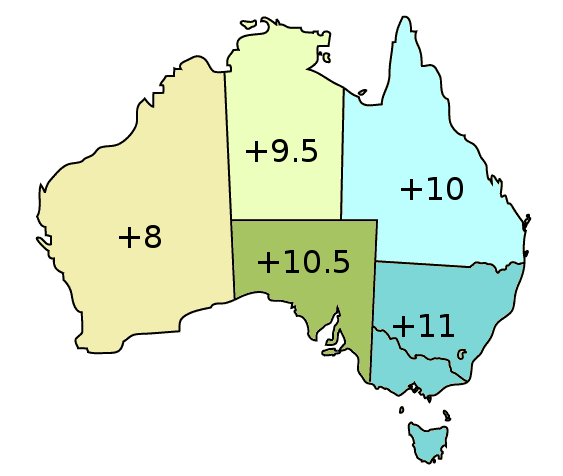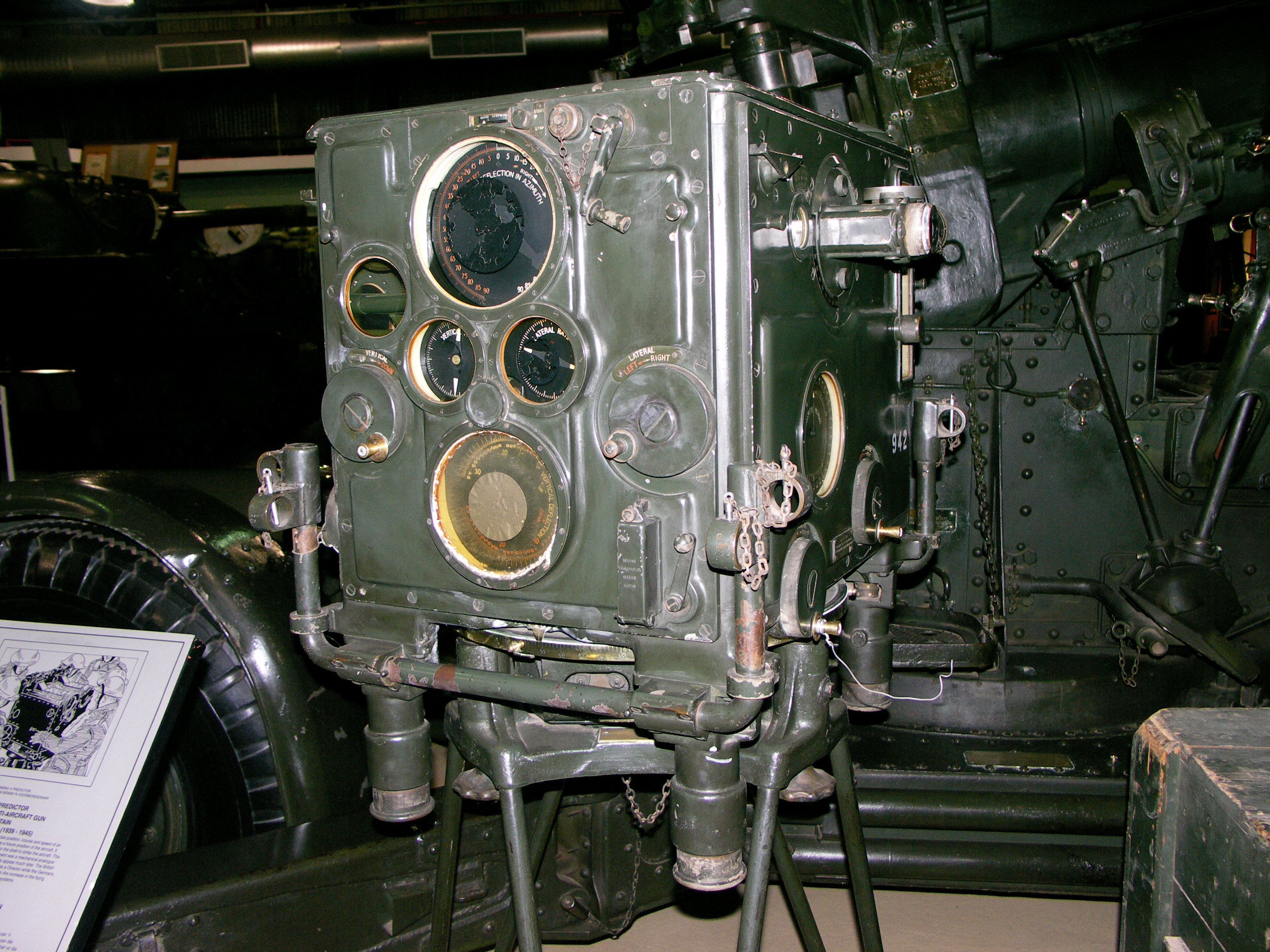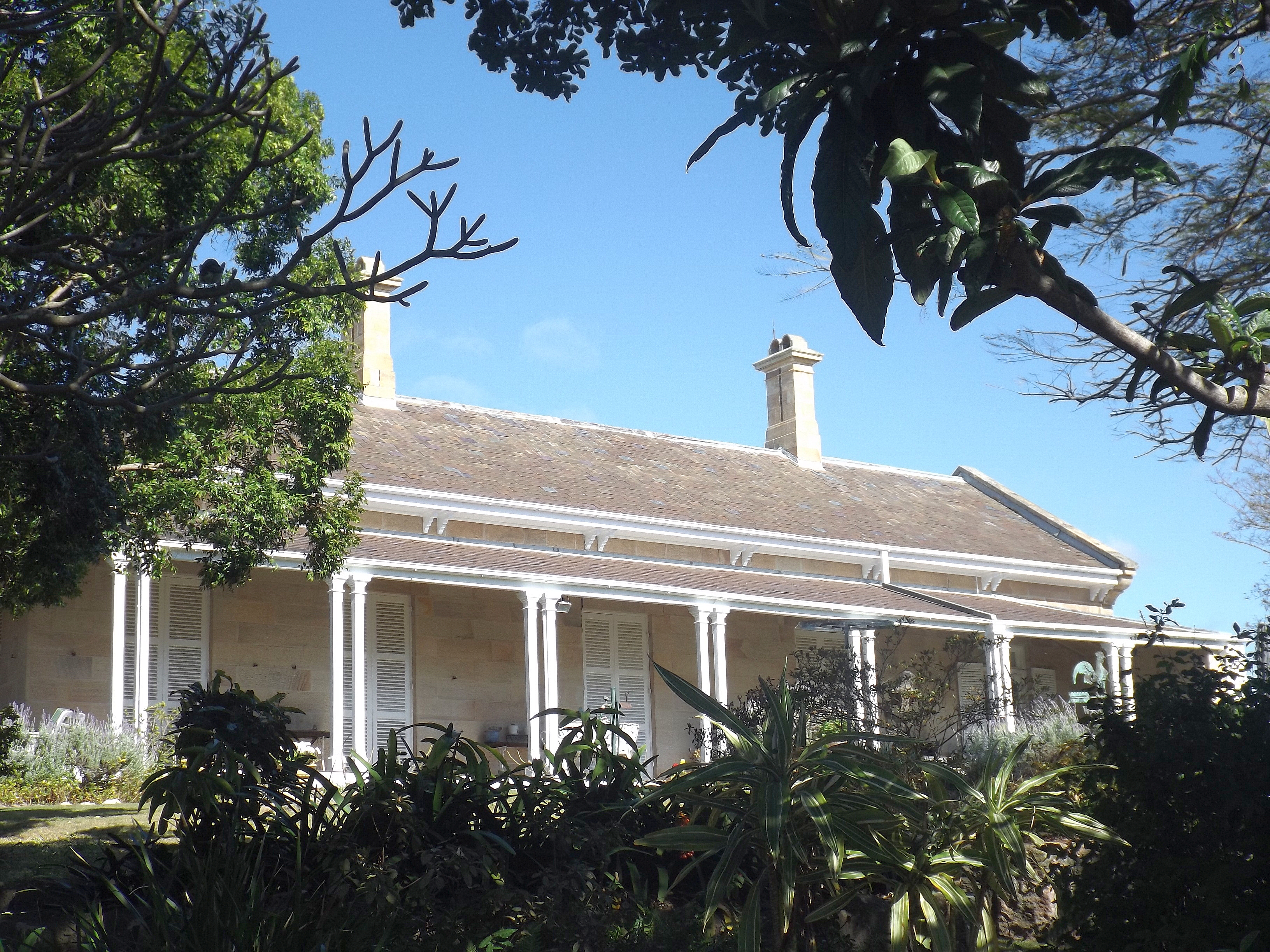|
Lytton, Queensland
Lytton is an outer riverside suburb in the City of Brisbane, Queensland, Australia. In the , Lytton had a population of 6 people. The historical region was a significant naval base after the establishment of Fort Lytton between 1880 and 1881. The Fort safeguarded the city and shipping routes from hostile invasions during the colonial period as Brisbane was close to the French naval garrison at Nouméa. Geography The suburb is bounded by the Brisbane River to the north-west. It is east of the Brisbane CBD, but travel by the railway or road is considerably longer. Lytton Hill is in the north-east of the suburb () above sea level. Clunie Flats is a pan in the west of the suburb (). History A pilot station and a village were established at Lytton in 1859. It was most likely named after Edward Bulwer-Lytton (1803–73) who was the Colonial Secretary of State in 1858–59. It would be two years before a road was surveyed from Norman Creek. A telegraph line was run from Bri ... [...More Info...] [...Related Items...] OR: [Wikipedia] [Google] [Baidu] |
AEST
Australia uses three main time zones: Australian Western Standard Time (AWST; UTC+08:00), Australian Central Standard Time (ACST; UTC+09:30), and Australian Eastern Standard Time (AEST; UTC+10:00). Time is regulated by the individual state governments, some of which observe daylight saving time (DST). Australia's external territories observe different time zones. Standard time was introduced in the 1890s when all of the Australian colonies adopted it. Before the switch to standard time zones, each local city or town was free to determine its local time, called local mean time. Now, Western Australia uses Western Standard Time; South Australia and the Northern Territory use Central Standard Time; while New South Wales, Queensland, Tasmania, Victoria, Jervis Bay Territory, and the Australian Capital Territory use Eastern Standard Time. Daylight saving time (+1 hour) is used in jurisdictions in the south and south-east: South Australia, New South Wales, Victoria, Tasm ... [...More Info...] [...Related Items...] OR: [Wikipedia] [Google] [Baidu] |
Dry Lake
A dry lake bed, also known as a playa, is a basin or depression that formerly contained a standing surface water body, which disappears when evaporation processes exceeds recharge. If the floor of a dry lake is covered by deposits of alkaline compounds, it is known as an alkali flat. If covered with salt, it is known as a '' salt flat.'' Terminology If its basin is primarily salt, then a dry lake bed is called a '' salt pan'', ''pan'', or ''salt flat'' (the latter being a remnant of a salt lake). ''Hardpan'' is the dry terminus of an internally drained basin in a dry climate, a designation typically used in the Great Basin of the western United States. Another term for dry lake bed is ''playa''. The Spanish word ''playa'' () literally means "beach". Dry lakes are known by this name in some parts of Mexico and the western United States. This term is used e.g. on the Llano Estacado and other parts of the Southern High Plains and is commonly used to address paleolake sediments ... [...More Info...] [...Related Items...] OR: [Wikipedia] [Google] [Baidu] |
Lytton Hill
Lytton Hill is a heritage-listed signal station via South Street, Lytton, City of Brisbane, Queensland, Australia. It was built from 1859 to . It is also known as Lytton Redoubt, Reformatory, and Signal Hill. It was added to the Queensland Heritage Register on 25 August 2000. History Lytton Hill - also known as Signal Hill, Reformatory Hill, or the Lytton Redoubt - is highly significant in Queensland history. Strategically positioned at the mouth of the Brisbane River, the hill has been used as a customs lookout, signal and telegraph station, observation post and redoubt commanding the Fort Lytton defence complex, and boys' reformatory. The history of the Lytton district is closely aligned to the establishment during the 1840s and 1850s of the Port of Moreton Bay at Brisbane Town, on the Brisbane River, rather than at Cleveland on the Bay. In 1857 the New South Wales colonial government began to investigate the suitability of establishing a customs station at the south head ... [...More Info...] [...Related Items...] OR: [Wikipedia] [Google] [Baidu] |
Heavy Anti-Aircraft Gun Station 385
Heavy Anti-Aircraft Gun Station 385 is a heritage-listed former anti-aircraft defence and gun emplacement at 50 Pritchard Street, Lytton, City of Brisbane, Queensland, Australia. It was built from 1943 by the Allied Works Council. It is also known as Lytton Heavy Anti-Aircraft battery emplacement and Gun Station 385. It was added to the Queensland Heritage Register on 28 June 2019. History Heavy Anti-Aircraft (HAA) Gun Station 385 was constructed at Lytton in 1943 to defend Brisbane against Japanese air attack during World War II (WWII), replacing a 1942 gun station at Colmslie. The Lytton area, on the southeast side of the Brisbane River mouth and part of the traditional land of the Turrbal and Jagera peoples, has long played a part in the defence of Queensland. In 2019, Gun Station 385 is located within the Caltex oil refinery to the east of Fort Lytton National Park, and retains: four above-ground gun emplacements for 3.7 inch (94mm) anti-aircraft guns, consisting of oc ... [...More Info...] [...Related Items...] OR: [Wikipedia] [Google] [Baidu] |
Heritage-listed
This list is of heritage registers, inventories of cultural properties, natural and man-made, tangible and intangible, movable and immovable, that are deemed to be of sufficient heritage value to be separately identified and recorded. In many instances the pages linked below have as their primary focus the registered assets rather than the registers themselves. Where a particular article or set of articles on a foreign-language Wikipedia provides fuller coverage, a link is provided. International *World Heritage Sites (see Lists of World Heritage Sites) – UNESCO, advised by the International Council on Monuments and Sites * Representative list of the Intangible Cultural Heritage of Humanity (UNESCO) * Memory of the World Programme (UNESCO) * Globally Important Agricultural Heritage Systems (GIAHS) – Food and Agriculture Organization * UNESCO Biosphere Reserve * European Heritage Label (EHL) are European sites which are considered milestones in the creation of Europe. ... [...More Info...] [...Related Items...] OR: [Wikipedia] [Google] [Baidu] |
Wynnum North, Queensland
Wynnum is a coastal suburb in the City of Brisbane, Queensland, Australia. In the , Wynnum had a population of 12,915 people. The suburb is a popular destination in Brisbane due to its coastline, jetty and tidal wading pool. Geography Wynnum is on the shores of Moreton Bay in Brisbane, Australia, about by road east of the Brisbane GPO. Toponymy Wynnum likely derives from a Durubalic word meaning pandanus palm or mud crab. History Aboriginal history of Quandamooka (Moreton Bay) stretches back over 25,000 years and Aboriginal connection to the Wynnum area has remained strong throughout European colonisation. Thomas Petrie, a visitor in the 1840s, described Wynnum as a large Aboriginal camp (centred on what is now Elanora Park , referred to as Black's Camp as late as the 1980s) for launching expeditions to hunt turtle, dugong and flying fox on the neighbouring islands. European settlement first appeared at North Wynnum (around the mouth of Wynnum Creek) at the fringe of ... [...More Info...] [...Related Items...] OR: [Wikipedia] [Google] [Baidu] |
The Brisbane Courier
''The Courier-Mail'' is an Australian newspaper published in Brisbane. Owned by News Corp Australia, it is published daily from Monday to Saturday in tabloid format. Its editorial offices are located at Bowen Hills, in Brisbane's inner northern suburbs, and it is printed at Murarrie, in Brisbane's eastern suburbs. It is available for purchase throughout Queensland, most regions of Northern New South Wales and parts of the Northern Territory. History The history of ''The Courier-Mail'' is through four mastheads. The ''Moreton Bay Courier'' later became '' The Courier'', then the '' Brisbane Courier'' and, since a merger with the Daily Mail in 1933, ''The Courier-Mail''. The ''Moreton Bay Courier'' was established as a weekly paper in June 1846. Issue frequency increased steadily to bi-weekly in January 1858, tri-weekly in December 1859, then daily under the editorship of Theophilus Parsons Pugh from 14 May 1861. The recognised founder and first editor was Arthur Sidney Lyo ... [...More Info...] [...Related Items...] OR: [Wikipedia] [Google] [Baidu] |
Queensland Family History Society
The Queensland Family History Society (QFHS) is an incorporated association formed in Brisbane, Queensland, Australia. History The society was established in 1979 as a non-profit, non-sectarian, non-political organisation. They aim to promote the study of family history local history, genealogy, and heraldry, and encourage the collection and preservation of records relating to the history of Queensland ) , nickname = Sunshine State , image_map = Queensland in Australia.svg , map_caption = Location of Queensland in Australia , subdivision_type = Country , subdivision_name = Australia , established_title = Before federation , established_ ... families. At the end of 2022, the society relocated from 58 Bellevue Avenue, Gaythorne () to its new QFHS Family History Research Centre at 46 Delaware Street, Chermside (). References External links * Non-profit organisations based in Queensland Historical societies of Australia Libraries in Brisbane Fami ... [...More Info...] [...Related Items...] OR: [Wikipedia] [Google] [Baidu] |
Windsor, Queensland
Windsor is an inner northern suburb in the City of Brisbane, Queensland, Australia. In the , Windsor had a population of 7,013 people. Geography Windsor is located about from the Brisbane central business district. It is largely residential, featuring many old Queenslanders, although there is also considerable retail commercial activity, primarily concentrated along Lutwyche and Newmarket Roads. History Land was first sold in this remote part of then New South Wales in 1854 and development was slow until the opening of the Bowen Bridge in 1860, named after the newly arrived first Governor of Queensland, Sir George Bowen, allowing easier access to the district. At that time the district was known as Breakfast Creek or Upper Breakfast Creek. Distinctive homes including ''Rosemount'', ''Oakwal'', ''The Bower'', ''Wilston House'' and ''Eildon'' were built on large portions of land. In 1864, pioneer settlers approached the Queensland Government for aid to establish a l ... [...More Info...] [...Related Items...] OR: [Wikipedia] [Google] [Baidu] |
Wilson Youth Hospital
Windsor is an inner northern suburb in the City of Brisbane, Queensland, Australia. In the , Windsor had a population of 7,013 people. Geography Windsor is located about from the Brisbane central business district. It is largely residential, featuring many old Queenslanders, although there is also considerable retail commercial activity, primarily concentrated along Lutwyche and Newmarket Roads. History Land was first sold in this remote part of then New South Wales in 1854 and development was slow until the opening of the Bowen Bridge in 1860, named after the newly arrived first Governor of Queensland, Sir George Bowen, allowing easier access to the district. At that time the district was known as Breakfast Creek or Upper Breakfast Creek. Distinctive homes including ''Rosemount'', ''Oakwal'', ''The Bower'', ''Wilston House'' and ''Eildon'' were built on large portions of land. In 1864, pioneer settlers approached the Queensland Government for aid to establish a local s ... [...More Info...] [...Related Items...] OR: [Wikipedia] [Google] [Baidu] |
Westbrook Reformatory For Boys
The Westbrook Reformatory for Boys was a reformatory school in the town of Westbrook, in the Toowoomba Region, Queensland, in Australia. The Westbrook Reformatory was created in 1900 after the closure of earlier versions of the institution on the former prison hulk, the ''Proserpine,'' and at Lytton, Queensland. The Reformatory changed its name to the Westbrook Farm Home for Boys in 1919. Under this later name, it was the subject of a major scandal which culminated in a government inquiry. The institution was renamed twice more before its closure in 1994. Since its closure, the Westbrook institution has become known as a site of serious institutional abuse. It was described at length in the 1999 Forde Inquiry and the 2004 Forgotten Australians report. The reformatory was located on the Toowoomba Athol Road (to the north), between the Westbrook Wyreema Road (to the West) and Althaus Road (to the east). Early history The ''Industrial and Reformatory Schools Act'' of 1865 was t ... [...More Info...] [...Related Items...] OR: [Wikipedia] [Google] [Baidu] |
Queensland Public Instruction Department
The Department of Education is a ministerial department of the Queensland Government responsible for the administration and quality of education in Queensland, Australia. The department is composed of two separate portfolios, Education Queensland and Early Childhood Education and Care (ECEC). The department also encompasses the Queensland Curriculum and Assessment Authority, a separate statutory authority responsible for creating syllabuses, curriculums, and assessment. History In 1875, the Department of Public Instruction was created, providing free, secular and compulsory education to all Queensland children. In 1957, the Department of Public Instruction was renamed to the Department of Education. Throughout 19901991, the Department of Education went through major restructuring following the release of the report, ''Focus on Schools''. In February 2004, the Department of Education and the Arts was created. In 200607, the Department of Education, Training and the Arts ... [...More Info...] [...Related Items...] OR: [Wikipedia] [Google] [Baidu] |





